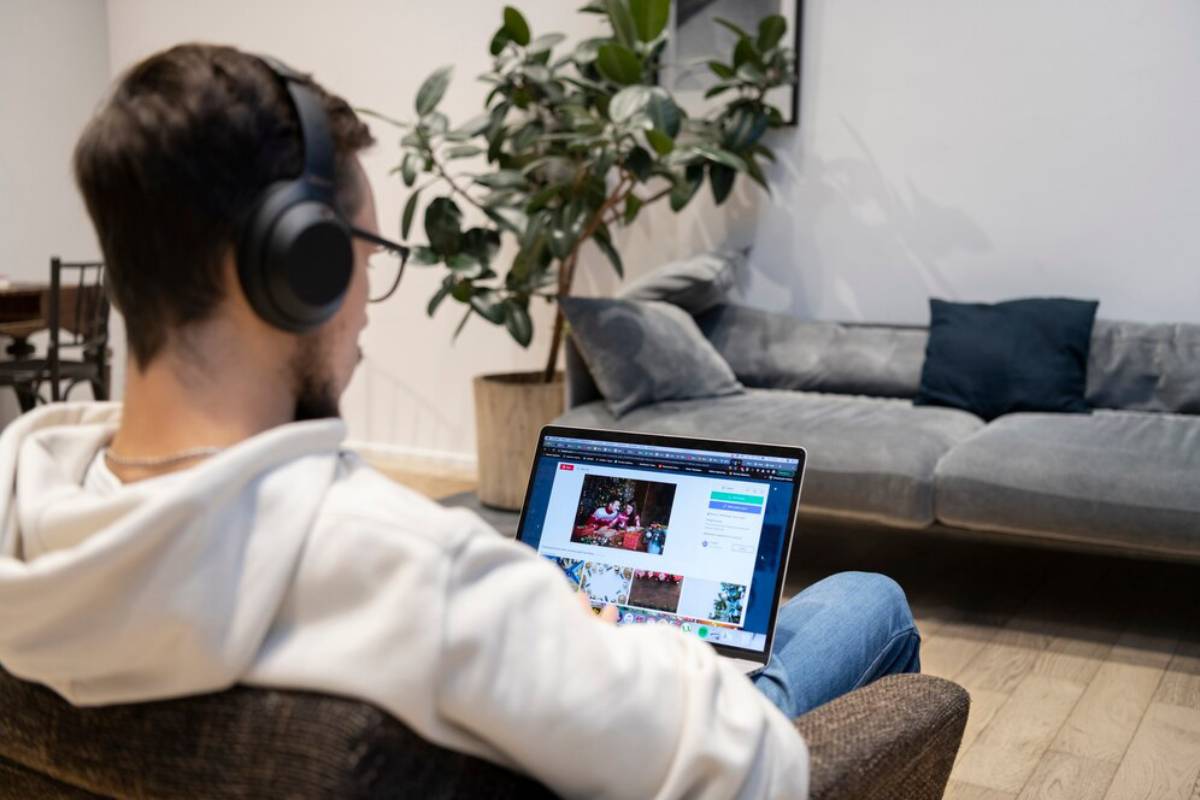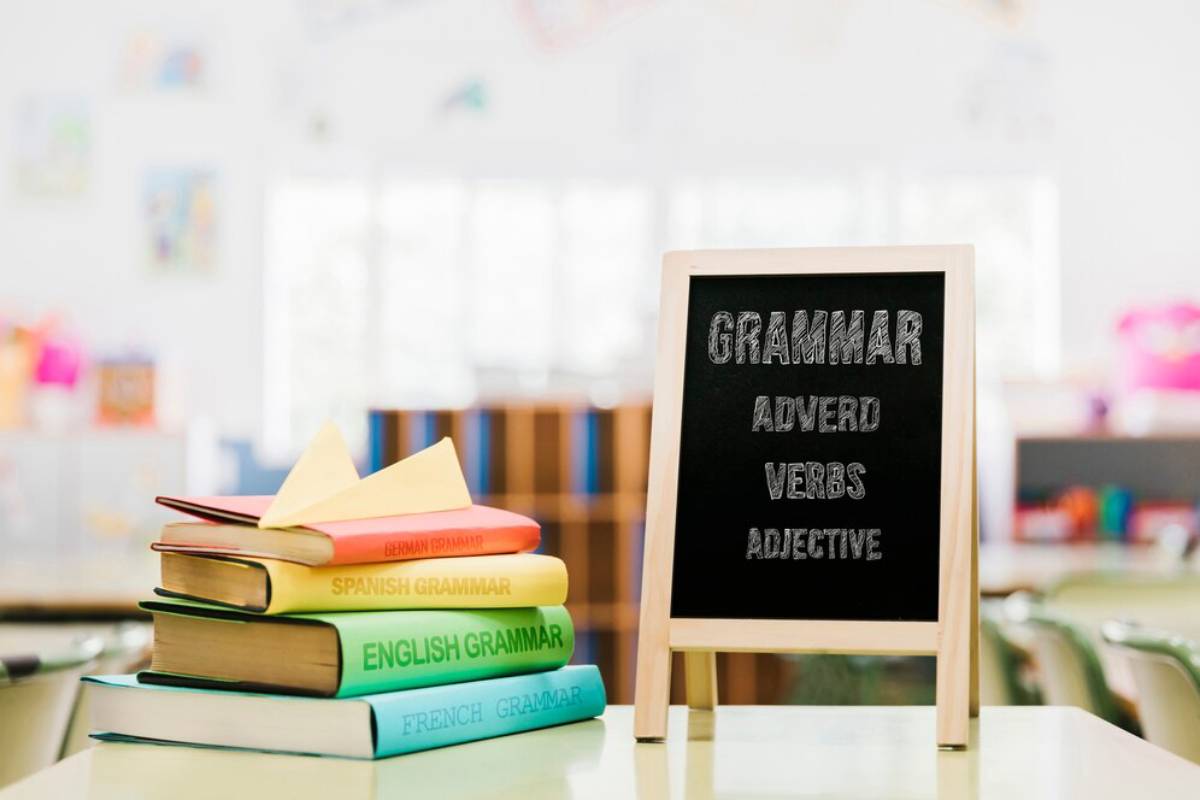
Learning Languages Through Movies and TV Shows
Tired of flashcards and grammar drills?
There’s a better way to build real-world language skills: watch what native speakers watch.
Movies and TV shows are powerful tools for language learners. They expose you to natural speech, help you hear how the language is really used, and make learning more fun and relaxed.
In this blog, we’ll explore how to use foreign language media to improve vocabulary, listening, and fluency — even if you’re just starting out.
Why Movies and TV Work for Language Learning
1. You hear real language in context
Textbooks often teach stiff, overly formal sentences. But real conversations are full of slang, filler words, and natural rhythms.
TV shows and films give you:
- Every day, phrases used by native speakers
- Real-world pronunciation and accents
- Cultural insights that help you understand the language better
2. You learn without even realising it
When you’re enjoying a show, your brain stays active. You pick up tone, rhythm, and meaning — even before you fully understand the words.
It’s called immersive learning. And it works.
3. You build better listening skills
Movies train your ear to:
- Catch words at natural speed
- Distinguish similar sounds
- Understand different voices and accents
The more you listen, the easier it gets.
How to Choose the Right Shows or Films

Not all content is ideal for learning. Choose media that matches your level and keeps you engaged.
For Beginners:
- Children’s shows (simple language, slower pace)
- Sitcoms with predictable conversations
- Animated series with subtitles
For Intermediate Learners:
- Reality TV (natural, unscripted dialogue)
- Teen dramas (common vocabulary, everyday topics)
- Cooking or travel shows (visuals support comprehension)
For Advanced Learners:
- Crime dramas, documentaries, or comedies
- Fast-paced series with different dialects
- Films without subtitles (challenge mode)
Subtitles: On or Off?
There’s no single right answer — it depends on your level.
Try this approach:
- First watch: Use subtitles in your own language to follow the plot
- Second watch: Use target-language subtitles to connect sound and spelling
- Third watch: Turn off subtitles and focus on listening only
You don’t have to do this in one sitting. Spread it over a week to make the most of each step.
What to Do While Watching
Just watching is helpful, but active watching gives faster results.
Try this:
- Pause and repeat lines that stand out
- Write down new words with their meanings
- Speak along with the characters (shadowing technique)
- Use subtitles to match the audio and spelling
Even 10–15 minutes a day can build your fluency over time.
The Shadowing Technique
This method involves repeating what you hear as soon as you hear it. It’s like following along with a song, but using film or series dialogue.
Shadowing helps you:
- Improve pronunciation
- Learn sentence rhythm
- Speak more confidently
For best results, choose short, clear scenes. Repeat them until your voice matches the tone and timing of the actors.
Best Apps and Tools for Movie-Based Learning
You don’t have to do this alone. Several tools can make learning with movies easier:
- Language Reactor: Adds dual subtitles to Netflix or YouTube
- FluentU: Teaches through short video clips with word definitions
- LingQ: Lets you learn vocabulary from TV shows and film scripts
- SubLearning: Helps practice with subtitle files and short segments
These tools allow you to rewind, repeat, and build vocabulary as you watch.
Making It a Habit
Consistency matters more than watching for hours once in a while. Try to make foreign language media part of your daily routine.
Examples:
- 15 minutes of a show during breakfast
- One episode after work with target-language subtitles
- Listening to film audio during commutes
If it’s part of your life, your brain gets used to it, and learning becomes automatic.
Real-Life Example: How Jon Learned Italian Through Netflix
Jon, 32, always wanted to learn Italian. He had trouble with traditional study methods.
So he tried something different. He started watching the Italian series Luna Park with English subtitles. After the first episode, he rewatched it with Italian subtitles. On the third round, he turned subtitles off.
He kept a notebook of keywords and practised saying lines out loud.
After a few months, Jon was watching new shows entirely in Italian and even started chatting online with native speakers.
“I didn’t feel like I was studying,” he said. “I was just watching TV — and learning without pressure.”
Things to Avoid
- Only watching dubbed content – You won’t learn real pronunciation or natural speech
- Overloading on difficult shows – If it’s too fast or confusing, switch to easier content
- Watching passively all the time – Enjoy the content, but take notes or speak out loud now and then
- Skipping review – Rewatching the same scene or episode helps lock in vocabulary
Use Movies with Other Learning Methods
Watching films is amazing, but it works even better when paired with:
- A vocabulary app like Anki or Memrise
- Speaking practice through language exchanges
- Writing down phrases and trying them in conversation
- Reading scripts or subtitles to reinforce spelling and grammar
It doesn’t have to be all-or-nothing. Mix and match.
Conclusion: Watch, Learn, Speak

Learning a language doesn’t need to feel like school. It can be relaxing, fun, and natural, just like watching your favourite show.
By choosing the right content, using subtitles smartly, and making watching a regular habit, you’ll pick up vocabulary, improve your listening, and start thinking in the language before you know it.
So grab a snack. Hit play. Your next language lesson is already on screen.


